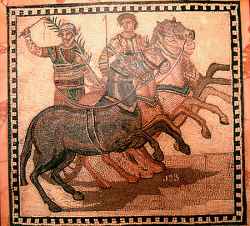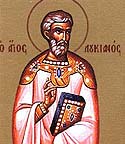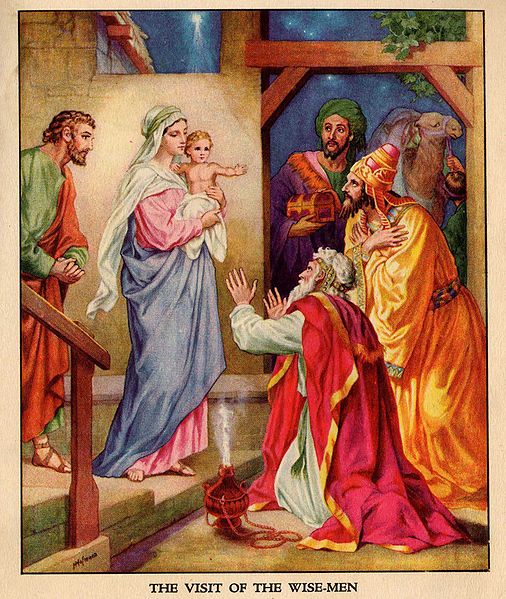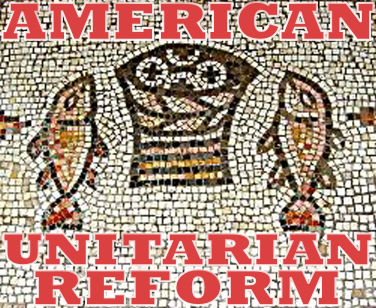New Year’s Day is a day for resolutions, often taking the form of freeing ourselves from slavery to addictions, obsessions, and other bad habits. This renewal through promises to be stronger, healthier, and wiser celebrates one of the cornerstones of American Unitarian Reform: commitment of character.
AUR strives not to promote false salvation, moral justification, and consolation on the cheap, whether its the sort of “bow to dogma and your soul will be spared” comfort of many conservative churches or the “I’m okay, you’re okay, nothing we believe really matters” comfort of many liberal churches.
Spiritual peace and strength are not won by reciting a confession or catechism as if they were magic spells, or by impulsively tossing your life over to God like a hot potato for which you can abdicate all responsibility.
Nor is spiritual peace achieved through conflict-averse relativism or laissez-faire creedlessness, what Unitarian theologian James Luther Adams described unflatteringly as religion you can’t flunk.
Peace, strength, and freedom are achieved only through a resolute struggle, by committing of one’s character to moral growth and accepting a higher Good beyond one’s desires and instincts. New Year’s Day, what AUR calls Resolution Day, provides a unique opportunity to stamp these commitments into our memory at the turning of the calendar.
Continue reading →
 It is quite appropriate that the (actual) birthday of Martin Luther King Jr. falls on the 9th Day of Defiance in the AUR calendar, in the middle of Nika Week commemorating when competing factions stood together against oppression in the Byzantine Empire, just as multiracial crowds gathered before Dr. King stood together against Jim Crow oppression in the United States.
It is quite appropriate that the (actual) birthday of Martin Luther King Jr. falls on the 9th Day of Defiance in the AUR calendar, in the middle of Nika Week commemorating when competing factions stood together against oppression in the Byzantine Empire, just as multiracial crowds gathered before Dr. King stood together against Jim Crow oppression in the United States.
 January 13th is the seventh of the
January 13th is the seventh of the 
 January 12th is John Hancock Day for American Unitarian Reform, the 6th Day of Defiance on the AUR Interval Season liturgical calendar.
January 12th is John Hancock Day for American Unitarian Reform, the 6th Day of Defiance on the AUR Interval Season liturgical calendar.
 Today is the first of the 12 Days of Defiance that begin the Winterval Season, the feast day of St. Lucian. Lucian was the teacher of both St. Arius and St. Eusebius, the bishop who baptized Constantine, finally Christianizing the Emperor after a lifetime of religious ambiguity.
Today is the first of the 12 Days of Defiance that begin the Winterval Season, the feast day of St. Lucian. Lucian was the teacher of both St. Arius and St. Eusebius, the bishop who baptized Constantine, finally Christianizing the Emperor after a lifetime of religious ambiguity. In the ancient church, the 6th of January was observed in celebration of not only the birth of Jesus and the adoration of the Magi and shepherds, but also other events such as his baptism by John and the wedding at Cana.
In the ancient church, the 6th of January was observed in celebration of not only the birth of Jesus and the adoration of the Magi and shepherds, but also other events such as his baptism by John and the wedding at Cana. American Unitarian Reform has now joined the tweeting masses on Twitter!
American Unitarian Reform has now joined the tweeting masses on Twitter!